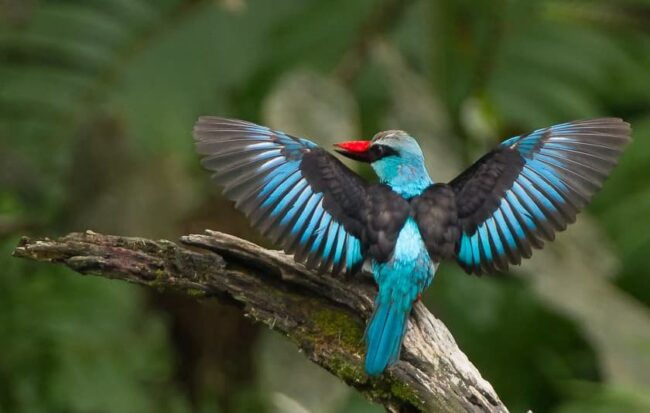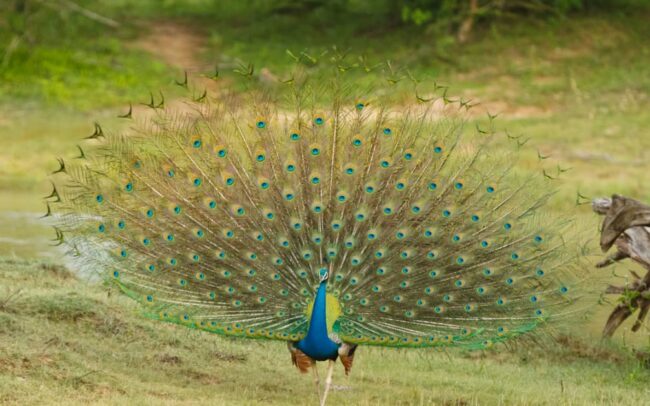Welcome to the enchanting realm of the Yellow-backed Oriole, scientifically known as Icterus chrysater. This captivating bird species is renowned for its striking appearance and melodious song. In this blog post, we will delve into the key features, habitat, behavior, and conservation status of the Yellow-backed Oriole.
The Vibrant Plumage

The Yellow-backed Oriole is truly a sight to behold with its vibrant plumage. The male sports a brilliant yellow back, contrasting with its black head, wings, and tail. Its underparts are a rich lemon-yellow, adding to its overall vibrancy. Females have a similar color pattern, although their plumage may be slightly duller. The combination of vivid colors makes the Yellow-backed Oriole an exquisite bird to observe.
Habitat and Distribution
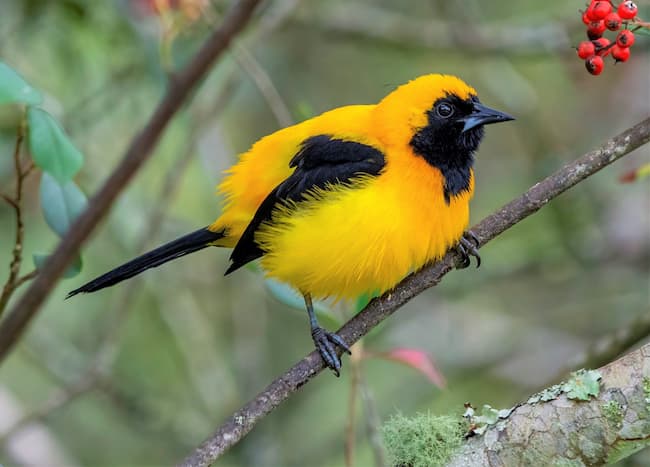
The Yellow-backed Oriole is primarily found in the tropical and subtropical forests of Central and South America. It inhabits a range of forested habitats, including lowland rainforests, riverine forests, and secondary growth forests. These orioles are often encountered in the canopy, where they search for food and build their nests.
Behavior and Feeding Habits
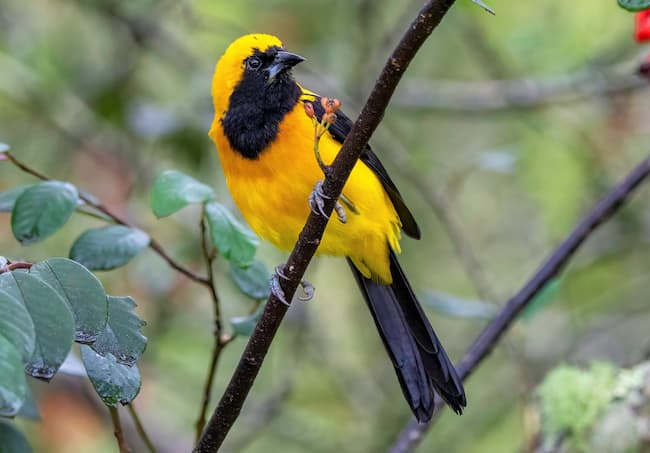
Yellow-backed Orioles are known for their acrobatic foraging techniques. They have a diverse diet consisting of nectar, fruits, insects, and spiders. With their slender, slightly curved bills, they can easily extract nectar from flowers and probe crevices for insects. Their agile nature enables them to navigate through the foliage, making use of their strong feet and claws to move with ease.
Breeding and Nesting
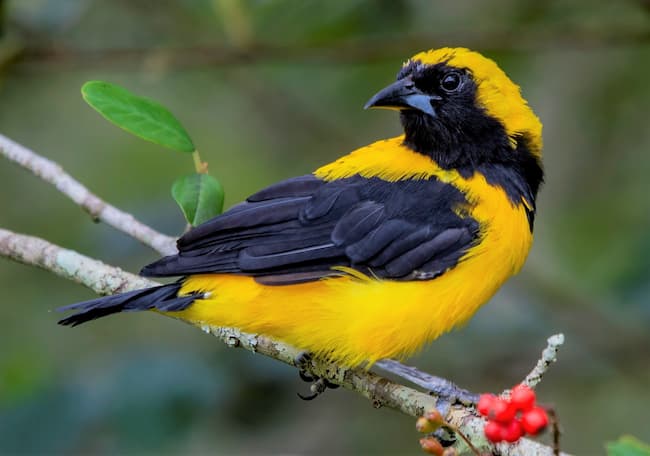
During the breeding season, male Yellow-backed Orioles exhibit elaborate courtship displays to attract females. They sing melodious songs and engage in aerial displays to establish their territories and attract mates. Once a pair forms, the female constructs a pendulous nest made of plant fibers, grasses, and spider webs. These nests are often suspended from tree branches, providing a secure and hidden location for raising their young.
Conservation Status
The Yellow-backed Oriole is currently listed as a species of least concern on the International Union for Conservation of Nature (IUCN) Red List. However, like many bird species, it faces threats from habitat loss due to deforestation and urbanization. Continued conservation efforts are necessary to protect its forest habitats and ensure the long-term survival of this vibrant species.
Interaction with Humans
The Yellow-backed Oriole’s melodious song and vibrant plumage make it a favorite among birdwatchers and nature enthusiasts. Its presence in forested areas enhances the overall biodiversity and ecological balance. Responsible ecotourism practices that prioritize the conservation of its habitat can provide opportunities for people to appreciate and learn about this remarkable bird while supporting local communities.
In conclusion, the Yellow-backed Oriole (Icterus chrysater) is a captivating bird species with its vibrant plumage, acrobatic foraging techniques, and melodious songs. By understanding and appreciating this unique bird, we can contribute to its conservation and the preservation of its natural habitat.
